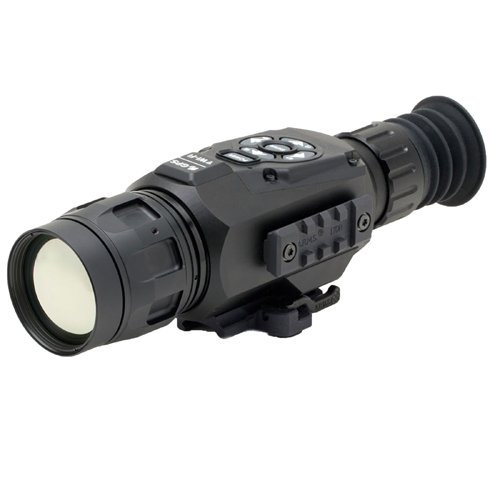A thermal scope is an ocular device which can be held, strapped to a helmet, environmental protection mask, firing an arm or many different tools. A thermal scope allows the user to see in smoke, darkness, fog or rain. Its layout purpose was for military forces to use during nighttime operations but besides, there are many civilian applications too. Unlike image enhancement the green light night vision devices, they do not rely on any light sources. A thermal imager accumulates the infrared energy that’s emitted by objects and then produces the image.
The quality is much more precise than image enhancement technology
They scopes could be cooled or uncooled. The uncooled variety is the most usual. The uncooled thermal scopes rely upon a cryocooler to mute any warm sound created in the range. The result is a far crisper image with incredible detail. This sort of technology is quite expensive, and the higher resolution versions are not available for sale.
Property owners are starting to use this technology for a lot of reasons
As a safety option, it adds an excess layer of security to camera monitoring systems. Some models can see further than 20 miles, and as they don’t emit any light, they’re nearly impossible to detect. It can quickly look in the deepest corners or place intruders hiding in debris or foliage. Many homeowners concerned about their heating or air conditioning bills hire electricity auditors who use them to find the cracks in which the air is escaping.
They may also be used to spot some other effluents flows from the structure or even condensation spots to aid in mold eradication. They may be seen in any way levels of society. They are widely used in search and rescue operations. There are many useful purposes for them in medical research as well. Some airports have begun adding thermal technology for their safety methods to monitor passengers for high body temperatures that could be a sign of a contagious virus such as the H1N1. Archeologists use thermal scopes in aerial hunts for ruins, and perhaps even paranormal investigators are using these days. As thermal scope technologies continue to improve, we’ll start seeing even more exciting applications.
















